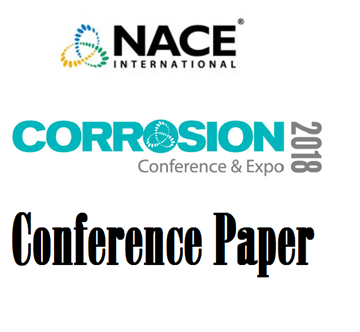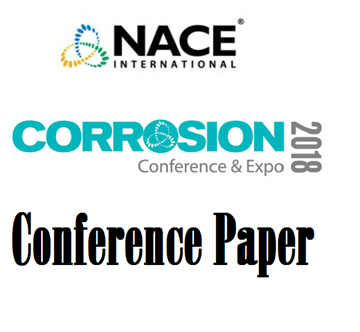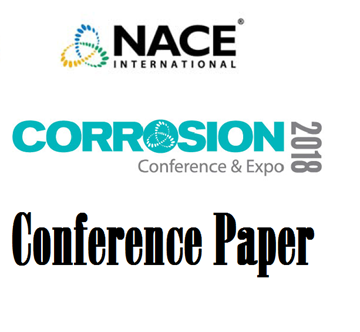Search
51318-11663-Use of electro chemical method to determine biocide efficiencies of peracid solutions
Also Purchased
51318-11654-Corrosion Inhibitor Screening - Impact of Test Approaches & Conditions on Performance
Product Number:
51318-11654-SG
Publication Date:
2018
$20.00
51318-11634-A condition monitor for atmospheric induced stress corrosion cracking
Product Number:
51318-11634-SG
Publication Date:
2018
$20.00
51318-11641-Practical Cost-Benefit Analysis For Pipeline Corrosion Management
Product Number:
51318-11641-SG
Publication Date:
2018
$20.00




